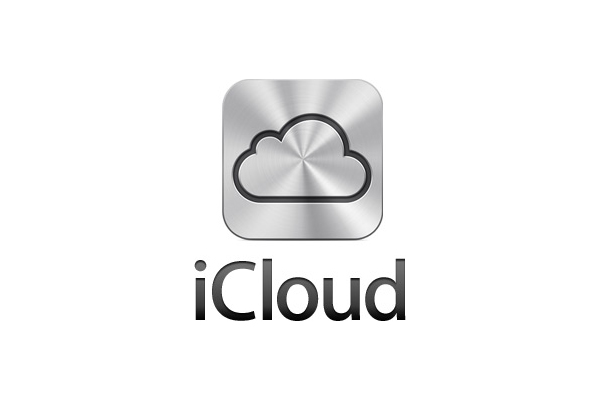Apple iCloud review
We take a look at what Apple's iCloud service has to offer users looking to securely sync and store data in the cloud

iCloud Drive has not been around as long as its competitors and it shows. While walking a different path may be admirable in terms of how the service works it lacks the collaboration features that Box et al offer. Its deliberate lack of compatibility with certain operating systems also limits its appeal.
-
+
Integrates very well with Apple apps on both iOS and OS X. Helpful storage to syncing across Apple devices.
-
-
Not a great collaboration tool for users working on heterogeneous systems. No apps outside most recent versions of OS X, iOS and Windows. Lack of app limits ability to properly organise files. Third-party app integration doesn’t work as planned for some app.
For both the Mac and Windows, iCloud Drive looks on the surface to be pretty similar to other cloud services, such a Dropbox. However, whereas that service provides users a context menu for sharing links and folders with other users, iCloud Drive remains just a folder for syncing files to other devices.
As mentioned earlier, the interface for iCloud Drive on iOS devices is virtually non-existent you have to access it through other apps and even then those apps default to their own folder.
Ease of use
The iCloud service is meant to be all about ease of use and that Apple mantra "it just works" supposedly taking the complication out of using the service. All well and good, but if you're expecting it to work like other cloud storage services, then it can become slightly frustrating as Apple continues to have its own way of doing things. This may wrong-foot users of other cloud storage systems.
This way of doing things almost ties you into the Apple ecosystem. Only recently has it become possible to save and edit files saved on iCloud in Microsoft Word or Excel.
Things are more straightforward on the Mac and Windows just start up your application and open up a file from the iCloud Drive folder.
Storage
Sign up today and you will receive a free copy of our Future Focus 2025 report - the leading guidance on AI, cybersecurity and other IT challenges as per 700+ senior executives
When you buy an iOS device and set up an Apple ID, you get 5GB of storage for free. That is per user it seems more generous than Dropbox, but when dealing with data such as photos and multiple device backups, this soon gets eaten up. Extra storage will cost you, too: see our pricing section for more details.
Synching and sharing files
iCloud is supposed to make syncing and sharing files across devices as simple and effortless as possible. While that may be mostly true if you stick to Apple's ecosystem, I'm afraid it rather falls down a bit once you venture beyond that walled garden.
Create a document in Pages and save it to iCloud, and you will be able to open that up on an iPhone or iPad and work on it there. It is seamless up to a point work on the same document on two devices and one device will ask you which version to keep if there are any differences (so none of that multi-user real-time collaboration you get with Google Docs). On an iOS device within Pages, it is often easiest to work from documents inside the Pages folder. It won't automatically list documents elsewhere on the iCloud Drive (hint you can open up files in other locations by tapping the "+" icon in pages).
Rene Millman is a freelance writer and broadcaster who covers cybersecurity, AI, IoT, and the cloud. He also works as a contributing analyst at GigaOm and has previously worked as an analyst for Gartner covering the infrastructure market. He has made numerous television appearances to give his views and expertise on technology trends and companies that affect and shape our lives. You can follow Rene Millman on Twitter.
-
 Google drops $4.75bn on data center and energy firm Intersect
Google drops $4.75bn on data center and energy firm IntersectNews The investment marks the latest move from Google to boost its infrastructure sustainability credentials
By Nicole Kobie Published
-
 OpenAI says prompt injection attacks are a serious threat for AI browsers – and it’s a problem that’s ‘unlikely to ever be fully solved'
OpenAI says prompt injection attacks are a serious threat for AI browsers – and it’s a problem that’s ‘unlikely to ever be fully solved'News OpenAI details efforts to protect ChatGPT Atlas against prompt injection attacks
By Nicole Kobie Published
-
 European Commission approves data flows with UK for another six years
European Commission approves data flows with UK for another six yearsNews The European Commission says the UK can have seamless data flows for another six years despite recent rule changes
By Nicole Kobie Published


